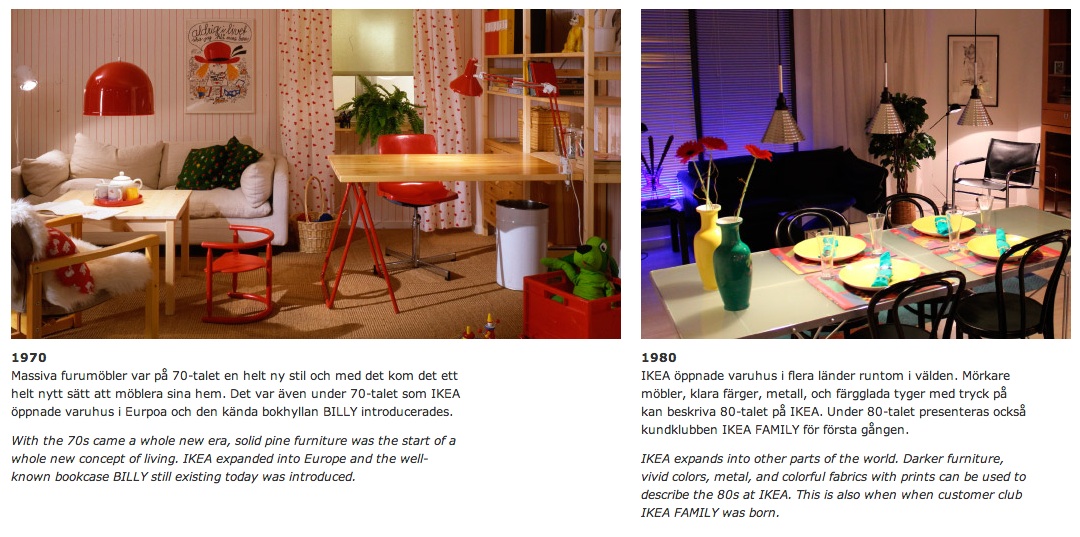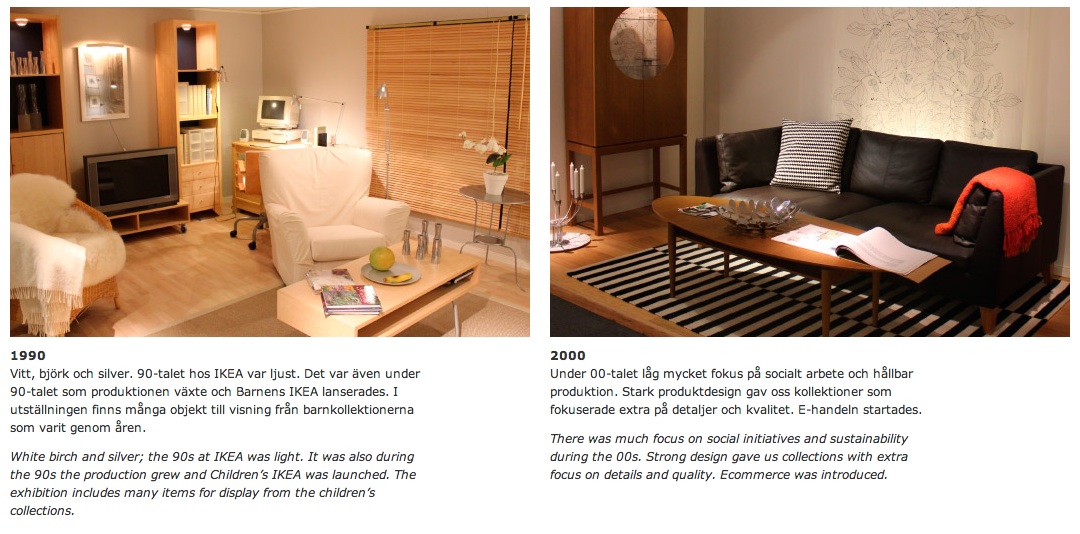Global retail giant IKEA has announced that it will transform its original store, in Älmhult, Sweden, into a museum celebrating the history of the company and its hugely popular products.
Given its cult following, especially in Europe, the retailer expects the IKEA Museum to draw some 200,000 visitors to the rural town in southern Sweden.
The company was founded in 1943 by 17-year-old Ingvar Kamprad, currently one of the world's richest people, with a net worth exceeding $4 billion. Kamprad opened the original location in 1958.
IKEA's Michele Acuna, who will manage the project, said the idea for the museum became a real possibility after the Älmhult store was moved to a new site nearby.
At 37,600 sf, the building is markedly smaller than the mammoth, bright-blue boxes that are commonplace across the globe, but it will serve as ample space for the exhibits.
It's expected that the museum will be a beefed up version of the 8,600-sf, 20-room IKEA Through the Ages display at the company's culture center in Älmhult.
Here's the company's statement on the project:
When the old IKEA Älmhult store was replaced in November 2012 by a new store, it left a building rich with history at the heart of the IKEA world - the perfect home for the new IKEA Museum.
This first and only IKEA Museum will be “a house of stories”; stories about people, challenges, opportunities, design, homes and home furnishing. It plans to open in 2015. The ambition of the museum is to engage all visitors and encourage them to take an active part in the IKEA story.
Here's a look at several of the IKEA Through the Ages exhibits (courtesy IKEA):
Related Stories
| Nov 10, 2011
Skanska Moss to expand and renovate Greenville-Spartanburg International Airport
The multi-phase terminal improvement program consists of an overall expansion to the airport’s footprint and major renovations to the existing airport terminal.
| Nov 10, 2011
Suffolk Construction awarded MBTA transit facility and streetscape project
The 21,000-sf project will feature construction of a cable-stayed pedestrian bridge over Ocean Avenue, an elevated plaza deck above Wonderland MBTA Station, a central plaza, and an at-grade pedestrian crossing over Revere Beach Boulevard
| Nov 10, 2011
Thornton Tomasetti’s Joseph and Choi to co-chair the Council on Tall Buildings and Urban Habitat’s Outrigger Design Working Group
Design guide will describe in detail the application of outriggers within the lateral load resisting systems of tall buildings, effects on building behavior and recommendations for design.
| Nov 9, 2011
Lincoln Center Pavilion wins national architecture and engineering award
The project team members include owner Lincoln Center for the Performing Arts, New York; design architect and interior designer of the restaurant, Diller Scofidio + Renfro, New York; executive architect, FXFOWLE, New York; and architect and interior designer of the film center, Rockwell Group, New York; structural engineer Arup (AISC Member), New York; and general contractor Turner Construction Company (AISC Member), New York.
| Nov 9, 2011
Sika Sarnafil Roof Recycling Program recognized by Society of Plastics Engineers
Program leads the industry in recovering and recycling roofing membrane into new roofing products.
| Nov 9, 2011
American Standard Brands joins the Hospitality Sustainable Purchasing Consortium
American Standard will collaborate with other organizations to build an industry-wide sustainability performance index.
| Nov 8, 2011
Transforming a landmark coastal resort
Originally built in 1973, the building had received several alterations over the years but the progressive deterioration caused by the harsh salt water environment had never been addressed.
| Nov 8, 2011
WEB EXCLUSIVE: Moisture-related failures in agglomerated floor tiles
Agglomerated tiles offer an appealing appearance similar to natural stone at a lower cost. To achieve successful installations, manufacturers should provide design data for moisture-related dimensional changes, specifiers should require in-situ moisture testing similar to those used for other flooring materials, and the industry should develop standards for fabrication and installation of agglomerated tiles.


















